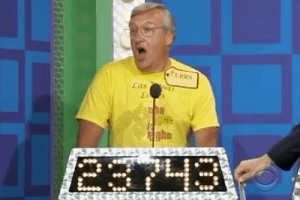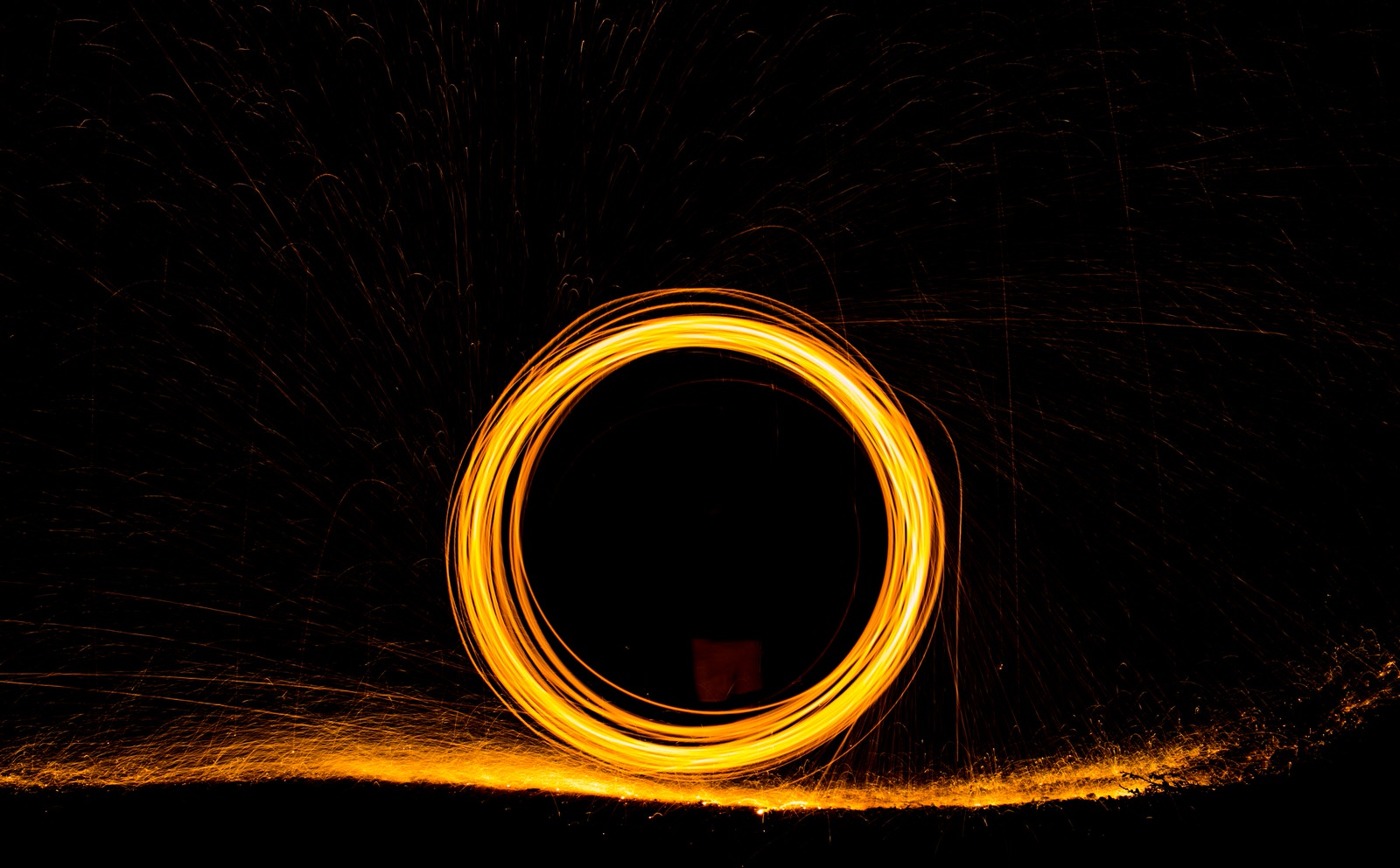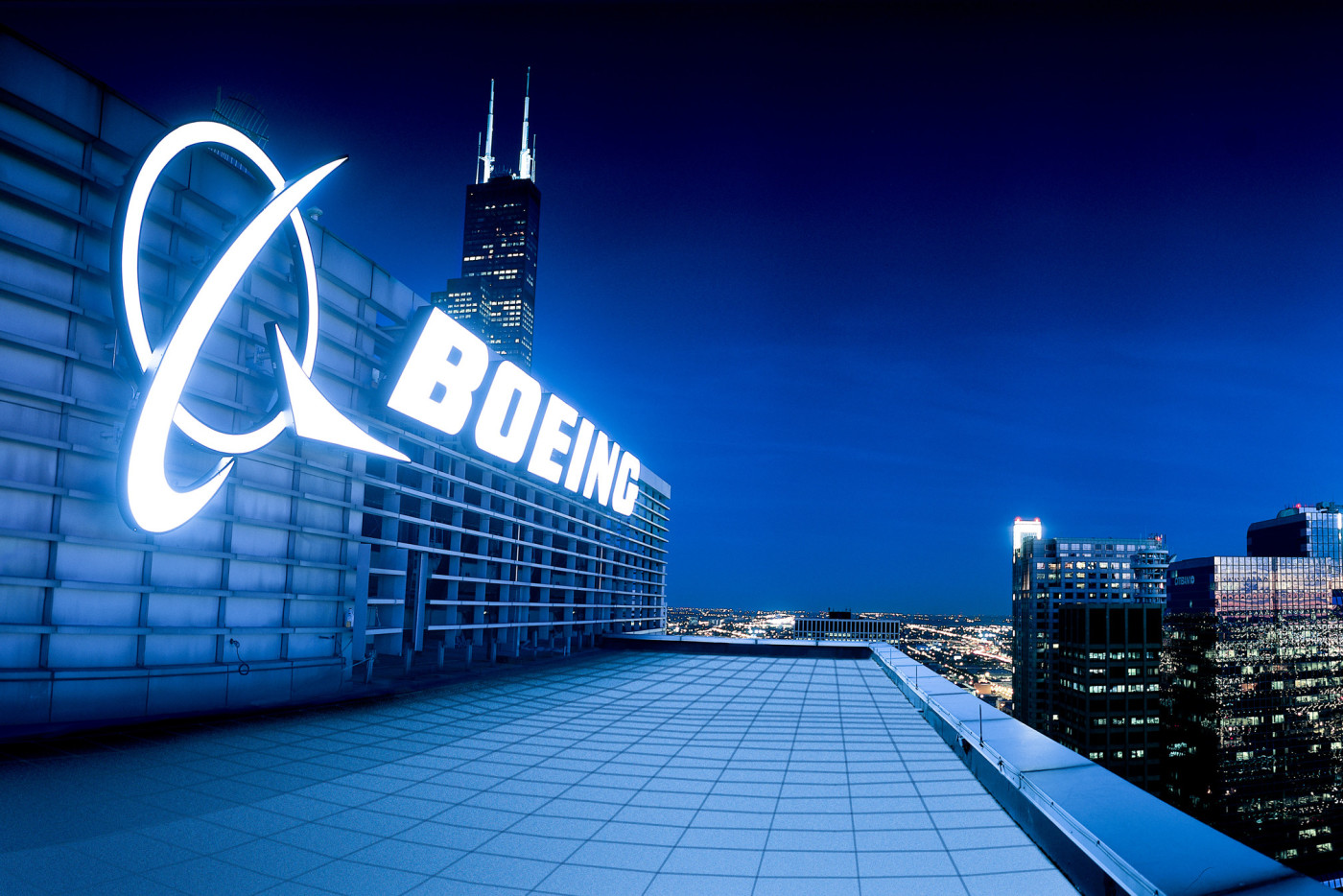by Mawer Investment Management, via The Art of Boring Blog
The date was September 22, 2008 and Terry and Linda Kniess were waiting with nervous anticipation. They were sitting in the studio audience of CBS’s popular game show: The Price is Right. While most members of the studio audience that day just hoped to make an appearance on national TV, for Terry and Linda, “coming on down” to “Contestants’ Row” was not nearly good enough. They were there to win—and not just a prize or two. Terry and Linda were there to win it all.

Terry Kniess was educated at Mississippi State University where he was certified in Broadcast Meteorology. During his 20 years as a weatherman—a career that earned him two Emmy Awards—he became well versed in pattern recognition. His skills were again put to good use when he began working the night shift at the Circus Circus casino in Vegas. His job was to look for players that were trying to game the system. Some players were card counters, some scouted out weak dealers, and some even seated themselves to the immediate right of the dealer where the chance was greatest to see the hole card. Terry found that clear patterns emerged for spotting these people: what they wore, their body language, their bets, and how they moved about the casino. Again, he excelled.
Linda Kniess had special skills too. She was brilliant with numbers. She worked for the Las Vegas Convention and Visitors Authority, overseeing staff scheduling. In this role, she put together weekly work schedules for more than 260 part-time employees to ensure the convention facility was always perfectly staffed for the various events that occurred throughout the year—no small task.
Like most people, Terry and Linda had seen The Price Is Right. But it was only after a friend of theirs came back from being on the show and raved about the experience that they came up with the idea to be contestants. But their approach was not going to be luck; it was going to be skill.
For four months leading up to the September 22, 2008 taping, they recorded The Price Is Right every morning and watched it together in bed every night. One evening, near the beginning of this endeavour, Terry sat bolt upright in bed as he noticed a pattern. A very unique grill, the “Big Green Egg,” came up for bid on Contestants’ Row repeatedly. And every time it was the same price: $1,175. And the repetition wasn’t limited to the grill—virtually all items, large and small, were repeated. Armed with this knowledge, they memorized the prices of all the items. This knowledge, combined with Linda’s ability to add the values of multiple items together quickly, became their edge. And when they finally felt ready, they lined up at 6:00 a.m. to get on the show.
The plan worked brilliantly. Terry got called to Contestants’ Row. Then there was a lot of serendipity when the “Big Green Egg” came up for bid. Terry won with a perfect bid of $1,175. Eventually, he made it to the “Showcase Showdown.” Terry’s showcase consisted of a karaoke machine, a pool table, and a seventeen-foot camper. He knew the karaoke machine was $1,000. The pool table, depending on the model, went for between $2,800 and $3,200. Terry went with $3,000. And he knew from his research that campers were about $1,000 a foot, plus a little more so he chose $19,000. That gave him an initial total of $23,000. He looked out into the audience at Linda, who confirmed his math by holding up two fingers on one hand and three fingers on the other to signify twenty-three. But he still felt he was a bit low so he added a number with personal meaning to him, 743, making his final bid $23,743.
Terry waited nervously as Drew Carey, the show’s host, came over to reveal the price of the showcase: "Actual retail price, $23,743. You got it right on the nose. You win both Showcases!!" (In the “Showcase Showdown,” if the bidder comes within $250 of the correct price, they win BOTH showcase prizes).
For the first time in the show's thirty-eight year history, it was a perfect bid!
A lot of things had to go right for Terry and Linda that day in order for them to be successful. After all, it was not guaranteed that either one of them would be selected for “Contestants’ Row.” Nor was it guaranteed that, even if they did make it on to the show, they would know the prices of the featured items. And clearly, even with Terry’s pattern recognition skills, they were unable to predict the future. But what the Kniess’ did well was prepare. They developed a systematic and disciplined approach to put the odds in their favour.
All in all they went home with $56,437.41 in prizes. And while that’s not an insignificant sum, it’s what we can learn from the process behind the win that’s the real take-away.
This post was originally published at Mawer Investment Management














